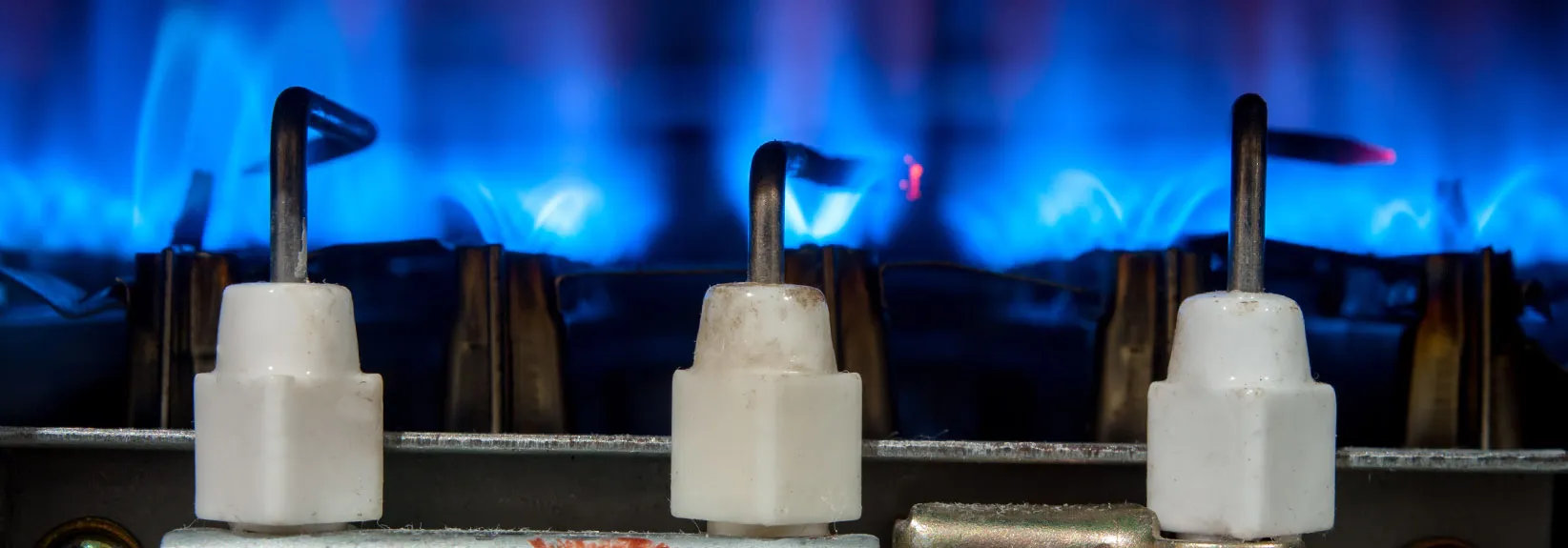What a Flame Sensor Is and Why It Matters
Receiving your annual furnace maintenance helps keep your heating equipment working up to 30 percent more efficient and helps extend the life of your system. But things can still malfunction, and when they do, you may feel like it’s always something else.
This time it’s your heat exchanger, next time it’s your control board. Now you have to have your flame sensor replaced.
What is a flame sensor, anyway?
A flame sensor is a crucial safety element on your gas heating equipment. During the ignition sequence, your gas furnace goes through a process where a spark or a hot surface ignitor actually ignites the gas. Once the gas is ignited, the flame sensor produces a current of electricity. The electricity is calculated in micro amps. If the furnace’s control board does not read the right level of micro amps, the furnace will stop giving the system fuel to prevent an explosion.
Over time, if the flame sensor is not adequately cleaned, oxidation or carbon buildup can interfere with the flame sensor’s ability to function properly, which can cause the furnace to malfunction.
The way to diagnose if a soiled flame sensor is to blame for a furnace malfunction is to take a micro amp draw reading, which an expert heating technician can supply you. If a dirty flame sensor is the offender, the furnace expert will clean the sensor with steel wool. If dirt was the sole factor, we will see a significantly higher amp reading. If the reading doesn’t change, the technician will continue with the furnace repair diagnostic process.
If you aren’t sure your heating equipment is going to survivie these last few weeks of winter, give Service Experts Heating & Air Conditioning a call and we’ll come out and provide you with a full furnace maintenance or a free in-home estimate on a new HVAC system.
